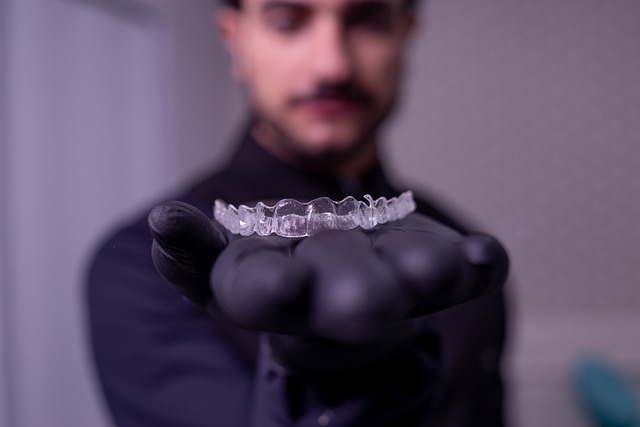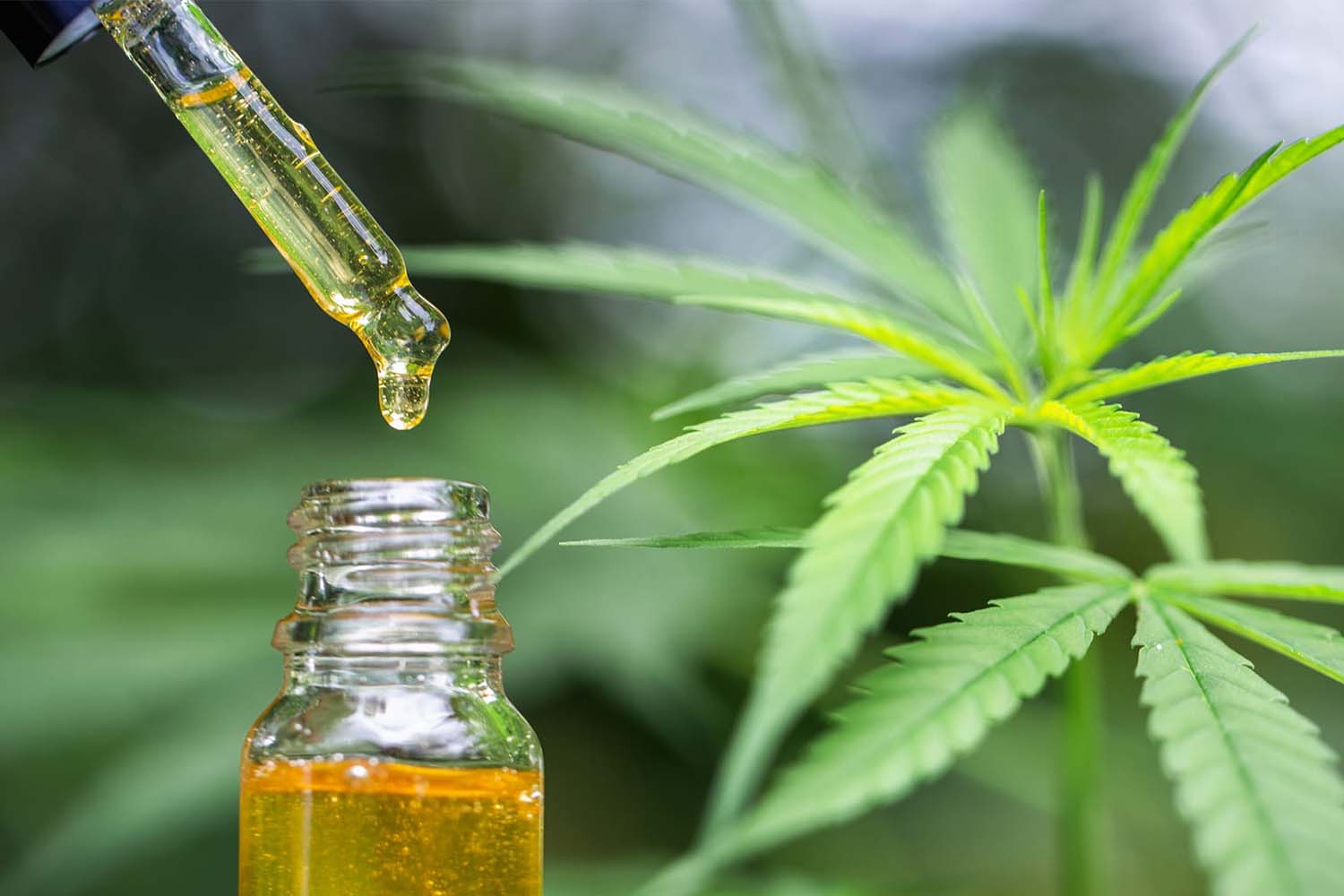The path to a confident smile through Invisalign is an exciting journey, and maintaining a mindful diet is a vital aspect of maximizing its benefits. To ensure the success of your Invisalign experience, it’s crucial to make informed dietary choices that safeguard your aligners and support your oral health. In this comprehensive guide, we’ll delve into the dietary do’s and don’ts to help you achieve the smile of your dreams.
Steering Clear of Stains: Foods and Beverages to Avoid
A key consideration during your Invisalign journey is avoiding the consumption of foods and beverages that could lead to staining or aligner damage. Here’s a list of items to be cautious of:
– Coffee
– Tea
– Red wine
– Energy drinks
– Alcohol
– Fruit juices
– Berries
– Curry
– Tomatoes
– Balsamic vinegar
– Soy sauce
While indulging in these treats occasionally is acceptable, thorough tooth brushing immediately afterward can help minimize the risk of stains and discoloration. Opting for plain water whenever possible is highly recommended, as it not only supports your Invisalign journey but also promotes overall oral hygiene.
Navigating the Stickiness: Foods to Avoid for Aligner Safety
Sticky and chewy foods pose a challenge to Invisalign wearers, as they can adhere to the aligners and potentially dislodge them. Avoid these sticky culprits to maintain the integrity of your aligners:
– Gum
– Caramel
– Taffy
In addition to avoiding sticky foods, it’s advisable to exercise caution with very hot drinks while wearing your aligners. Extreme temperatures can compromise the structural integrity of the aligners, leading to warping.
The Importance of Post-Meal Oral Care
Maintaining rigorous oral hygiene practices, including brushing and flossing after every meal, is essential, regardless of whether you’re wearing your Invisalign aligners. Food particles can accumulate between your teeth and aligners, potentially contributing to tooth decay and gum disease.
Incorporate these steps into your post-meal routine:
- Brush your teeth thoroughly to remove any residual food particles.
- Clean your aligners by gently brushing them with a soft-bristled toothbrush and liquid soap.
- Rinse your aligners with lukewarm water to ensure they are free from debris.
- Store your aligners in their designated case when not in use.
Eating with Care: Balancing Convenience and Alignment
While you can technically consume food with your Invisalign aligners in place, it’s important to exercise caution and prioritize your aligner’s longevity and oral health. Frequent eating with aligners can lead to issues such as trapped food, staining, and dislodgement. Additionally, chewing forces from eating can potentially cause aligner cracking, breaking, or chipping.
If you have questions regarding dietary choices, seeking guidance from your dentist is highly recommended. They can provide tailored recommendations aligned with your specific treatment plan.
Addressing Warped Aligners: Quick Fixes and Preventive Measures
In the event that an Invisalign aligner becomes warped, a few steps can potentially rectify the situation:
- Soak the aligner in room-temperature water for approximately 15 minutes.
- Gently manipulate the aligner back into its original shape using your fingers.
- If the warp persists, immerse the aligner in hot water for a brief duration, followed by the re-shaping process.
- Place the aligner on a flat surface to air dry thoroughly before wearing it again.
Should these efforts prove unsuccessful, promptly consult your dentist to ensure a timely replacement, avoiding any disruption to your treatment progress.
Nourishing Your Journey to a Radiant Smile
Your Invisalign journey involves a multifaceted approach, and dietary mindfulness is a crucial component. Embrace a diet that promotes oral health, minimizes aligner risks, and complements your overall wellness. By prioritizing nourishment and maintaining oral hygiene, you’re empowering yourself to make the most of your Invisalign experience.







